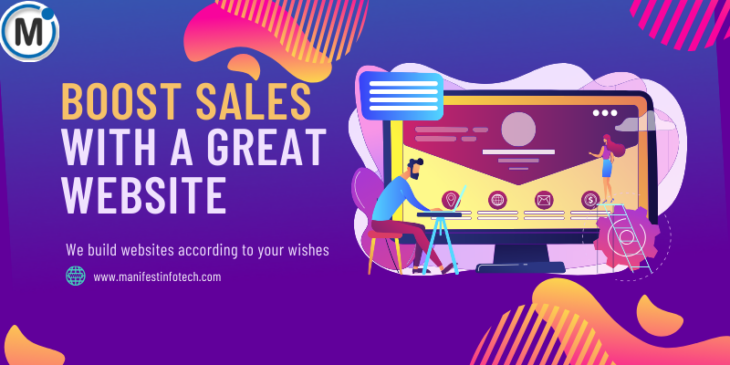
In today’s digital-first world, your website is more than just an online brochure — it’s a powerful sales tool. Businesses that invest in good website design often see significant increases in both sales and conversion rates. A strong design isn’t just about aesthetics; it’s about creating a seamless user experience that builds trust, guides users, and drives action. Let’s explore how a well-designed website can directly impact your bottom line, with real-world insights and statistics.
First Impressions Matter
According to a Stanford study, 75% of users judge a company’s credibility based on its website design. In other words, a poorly designed website can instantly turn potential customers away, while a professional, polished site can build trust at first glance. In highly competitive markets, first impressions often determine whether a visitor will stay and explore — or leave and look elsewhere.
User Experience Leads to Higher Conversions
User experience (UX) is at the heart of effective web design. A site that is easy to navigate, loads quickly, and provides clear calls-to-action (CTAs) naturally leads users toward making a purchase or inquiry.
For instance, research from Forrester shows that a well-designed UX can boost conversion rates by up to 400%. This is because intuitive navigation, mobile responsiveness, and clear messaging reduce friction, making it easier for visitors to complete desired actions.
Visual Appeal Drives Emotional Engagement
Colors, typography, imagery, and layout all contribute to how users feel when they visit your website. Studies reveal that it takes about 0.05 seconds for users to form an opinion about your site. Emotional engagement plays a massive role in buying behavior — customers who feel connected to your brand are more likely to make a purchase.
Brands that use consistent design elements to reflect their identity create an emotional bond with their audience, encouraging longer visits and higher conversion rates.
Case Studies: Real-World Proof
Crazy Egg: After redesigning their homepage to make the value proposition more obvious and the call-to-action clearer, Crazy Egg saw a 30% increase in conversions without changing the actual offer.
Neil Patel’s Website: A focus on improving page speed and optimizing the mobile experience helped Neil Patel achieve a 21% boost in mobile conversions. This shows how technical elements of design also directly affect sales.
Goin’ Postal: A revamp of their cluttered site, focusing on a modern layout and simplified navigation, led to a 78% increase in customer inquiries within just three months.
Speed and Mobile-Friendliness Are Non-Negotiable
Google reports that 53% of mobile users will abandon a site if it takes longer than 3 seconds to load. A well-designed website considers performance optimizations and mobile-first design principles, ensuring that users get what they want — fast.
Mobile responsiveness isn’t just a bonus anymore; it’s essential. With more than 60% of web traffic coming from mobile devices, an unresponsive site will lose potential customers at the first interaction.
Conclusion
A well-designed website isn’t just about looking good — it’s about creating a positive user experience, building trust, and guiding visitors toward becoming customers. By investing in great design, businesses can enjoy a measurable return on investment (ROI) through increased sales and higher conversion rates. In today’s digital landscape, a powerful website is not optional — it’s essential.
If you are looking for any services related to Website Development, App Development, Digital Marketing and SEO, just email us at nchouksey@manifestinfotech.com or Skype id: live:76bad32bff24d30d
𝐅𝐨𝐥𝐥𝐨𝐰 𝐔𝐬:
𝐋𝐢𝐧𝐤𝐞𝐝𝐢𝐧: linkedin.com/company/manifestinfotech
𝐅𝐚𝐜𝐞𝐛𝐨𝐨𝐤: facebook.com/manifestinfotech/
𝐈𝐧𝐬𝐭𝐚𝐠𝐫𝐚𝐦: instagram.com/manifestinfotech/
𝐓𝐰𝐢𝐭𝐭𝐞𝐫: twitter.com/Manifest_info
#WebDesign #UserExperience #BoostConversions #WebsiteROI #SalesGrowth #DigitalMarketing #WebsiteDesignTips #MobileResponsiveDesign #FirstImpressionsMatter #WebsiteOptimization